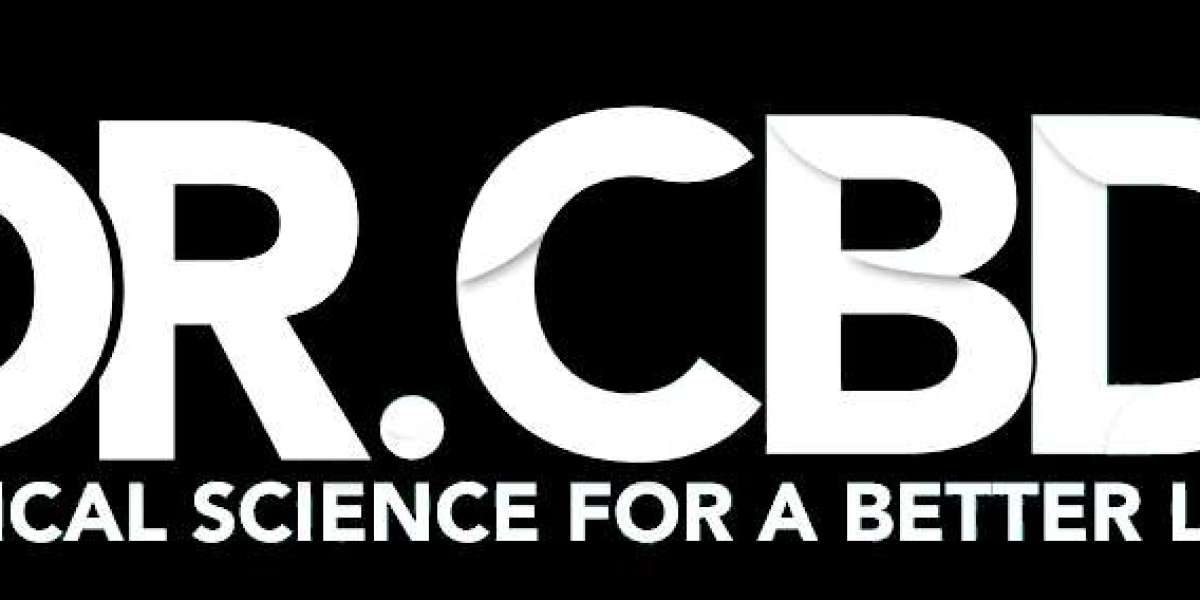The global aroma chemicals market size has witnessed steady growth, catering to the rising demand for fragrances across various industries, including food, cosmetics, and household products. From 2018 to 2023, the market has shown stability, and it is projected to grow at a CAGR of 5.2% between 2024 and 2032. This article delves into the market's outlook, size, drivers, challenges, segmentation, and trends that shape the aroma chemicals industry.
Market Outlook
Aroma chemicals are key ingredients used to create fragrances and flavors in a wide range of products, such as perfumes, soaps, detergents, and food items. With increasing consumer demand for unique and pleasant scents in their personal care and household items, aroma chemicals have become an integral part of various product formulations. The market’s growth is further driven by the rise in premium and natural fragrance products, leading to an expanded product portfolio and applications.
Report Overview
This report offers a comprehensive analysis of the aroma chemicals market, providing valuable insights into its market size, growth projections, key drivers, market challenges, segmentation, and recent developments. It also includes insights into industry players, emerging trends, and regional analysis to give a holistic view of the aroma chemicals market.
Market Size
The aroma chemicals market has displayed stable growth from 2018-2023 and is now set to accelerate at a CAGR of 5.2% from 2024 to 2032. This steady expansion is fueled by the increasing demand for natural and synthetic fragrances and flavors across industries. By the end of the forecast period, the market is expected to grow significantly as fragrance applications diversify across new sectors and products.
Market Dynamics
Market Drivers
Rising Demand for Fragrances in Consumer Goods: The demand for aromatic consumer products, such as personal care items, household cleaners, and air fresheners, is increasing globally. Aroma chemicals play a crucial role in these products, making them highly sought after in the market.
Shift Towards Natural and Organic Products: With a rising trend toward eco-friendly and organic products, many fragrance companies are focusing on natural aroma chemicals sourced from essential oils and other plant-based ingredients. This shift enhances the demand for aroma chemicals in various sectors.
Growth in Food and Beverage Applications: Aroma chemicals are not limited to fragrances but also find applications in the food and beverage industry as flavor enhancers. The demand for unique flavors and taste experiences drives the aroma chemicals market in food applications.
Innovation in Perfumery and Cosmetics: As consumers seek personalized fragrance experiences, there is increased demand for customized scents and unique product formulations. Innovations in perfumery and cosmetic applications are boosting the use of aroma chemicals.
Key Market Challenges
Stringent Regulatory Standards: Aroma chemicals are subject to strict regulatory standards and environmental regulations due to their chemical composition. Meeting these standards can be challenging for manufacturers, especially when sourcing natural and synthetic aroma compounds.
High Costs of Natural Ingredients: Although natural aroma chemicals are gaining popularity, they often come at a higher cost compared to synthetic alternatives. The fluctuating prices of raw materials, such as essential oils, pose a challenge to the market.
Rising Competition from Substitutes: The availability of other fragrance solutions and substitutes, including natural fragrances, could limit the demand for certain synthetic aroma chemicals in the market.
Segmentation
The aroma chemicals market can be segmented based on:
Type:
- Natural Aroma Chemicals: Sourced from essential oils and plant-based materials.
- Synthetic Aroma Chemicals: Created in laboratories and used extensively in mass-market applications due to their cost-effectiveness.
Application:
- Personal Care and Cosmetics: Includes perfumes, deodorants, shampoos, and other skincare products.
- Household Products: Used in air fresheners, cleaning products, and fabric softeners.
- Food and Beverage: Aroma chemicals are used to enhance flavors in processed foods and beverages.
- Others: Includes pharmaceuticals and industrial applications.
Region:
- North America
- Europe
- Asia-Pacific
- Latin America
- Middle East and Africa
Recent Developments
The aroma chemicals industry has seen significant advancements, particularly in the development of eco-friendly and sustainable fragrance ingredients. Key players like Bordas-SA, Emerald Kalama Chemical, and Kao Chemicals Europe, S.L. are investing in R&D to create innovative, sustainable, and cost-effective aroma chemicals. These companies are also expanding their product lines to include both synthetic and natural aroma compounds, catering to the growing consumer preference for organic products.
Component Insights
Type Insights
Natural aroma chemicals are increasingly popular due to their plant-based origins, appealing to environmentally-conscious consumers. On the other hand, synthetic aroma chemicals remain widely used due to their lower cost and consistent quality, making them ideal for mass-market consumer goods.
Application Insights
The personal care and cosmetics industry holds the largest market share for aroma chemicals, as fragrances play a central role in the appeal of these products. The food and beverage sector is also a significant consumer of aroma chemicals, as flavors are essential in creating enjoyable eating experiences.
Regional Insights
North America: North America has a mature aroma chemicals market, driven by strong demand in the personal care and household sectors.
Europe: Europe remains a significant market, with a strong emphasis on natural and organic aroma chemicals.
Asia-Pacific: Asia-Pacific is expected to experience rapid growth due to rising urbanization, increasing disposable income, and an expanding middle class, particularly in countries like China and India.
Key Players
Leading players in the global aroma chemicals market include:
- Bordas-SA
- Emerald Kalama Chemical
- Kao Chemicals Europe, S.L.
- Others
These companies are focusing on expanding their product portfolios and enhancing their research and development efforts to meet evolving consumer demands and environmental standards.
Market Trends
Emerging trends in the aroma chemicals market include the shift toward sustainable and green chemistry practices, the development of advanced encapsulation technologies to extend fragrance longevity, and the growing focus on personalized fragrances. Additionally, the demand for natural and bio-based aroma chemicals is set to drive innovation and diversification in the market.
FAQs
What is the projected growth rate for the aroma chemicals market?
The market is expected to grow at a CAGR of 5.2% between 2024 and 2032.
Which sectors are the main consumers of aroma chemicals?
The primary consumers are the personal care, cosmetics, household products, and food and beverage sectors.
Which regions lead the aroma chemicals market?
North America and Europe lead the market, with Asia-Pacific experiencing rapid growth.
What are the main challenges facing the aroma chemicals market?
Challenges include stringent regulatory standards, high costs of natural ingredients, and competition from alternative fragrance solutions.
What are the popular types of aroma chemicals?
Aroma chemicals are categorized into natural and synthetic types, with both offering unique benefits for various applications.
Who are the key players in the aroma chemicals market?
Notable players include Bordas-SA, Emerald Kalama Chemical, and Kao Chemicals Europe, S.L.





